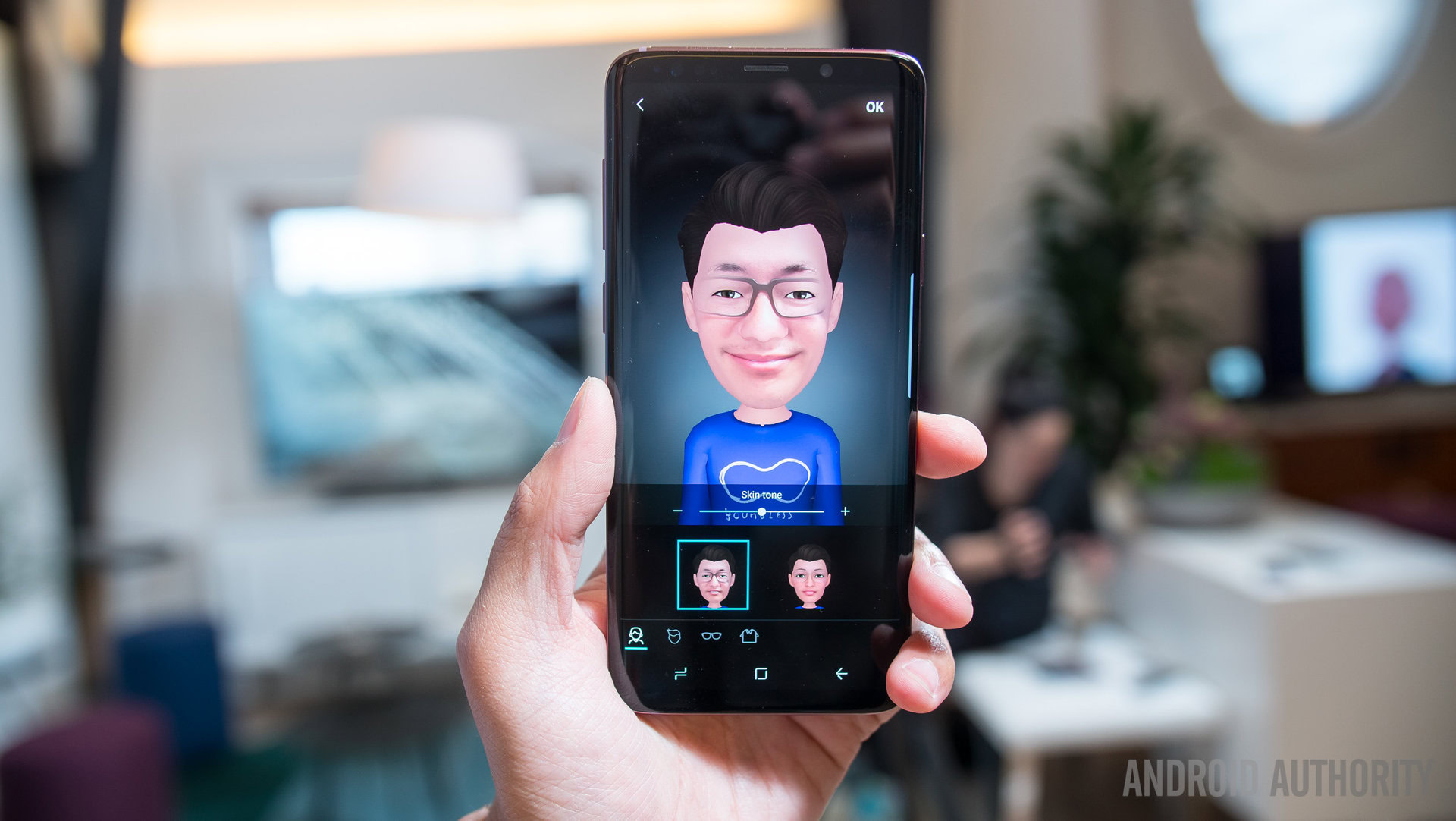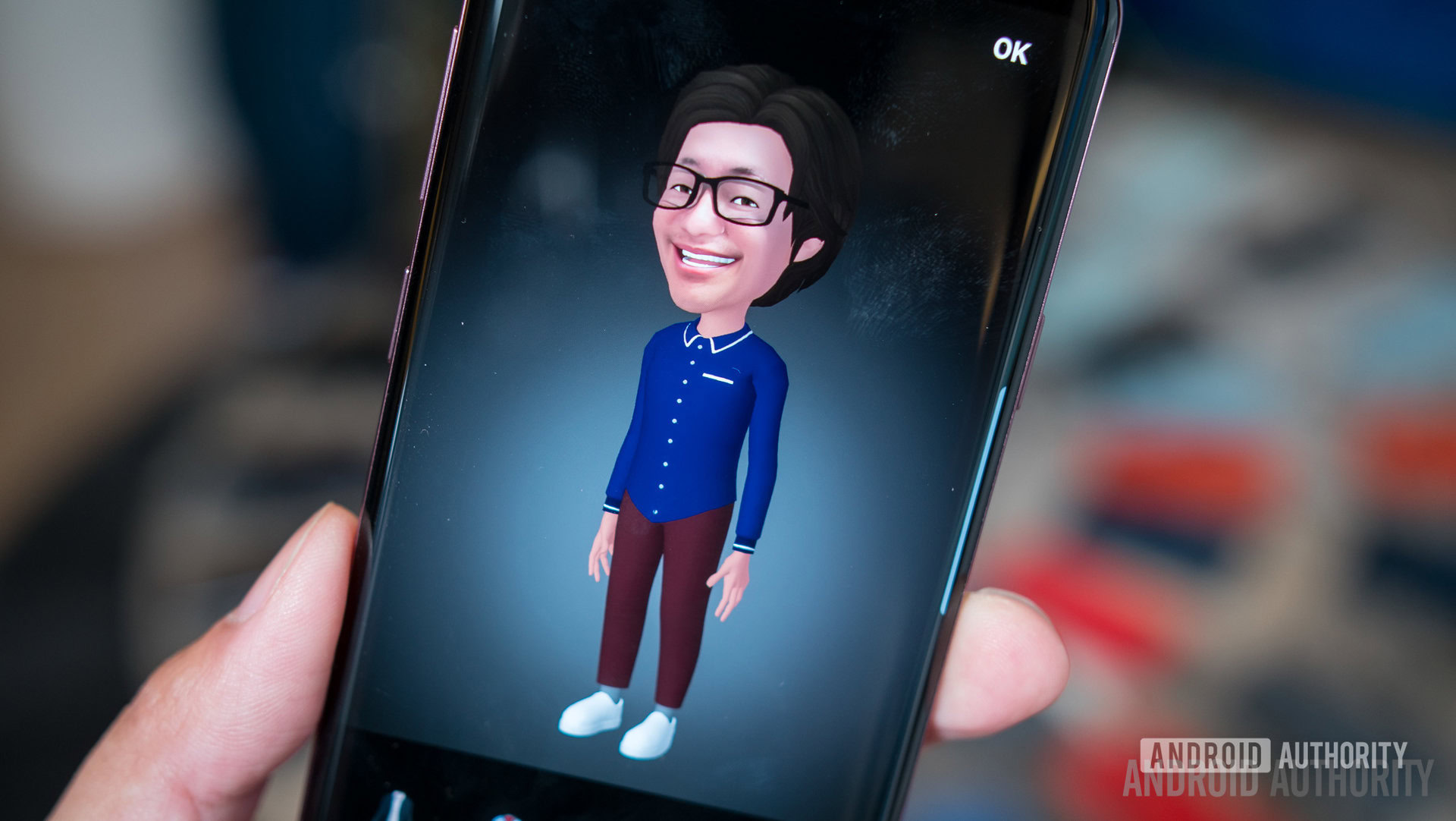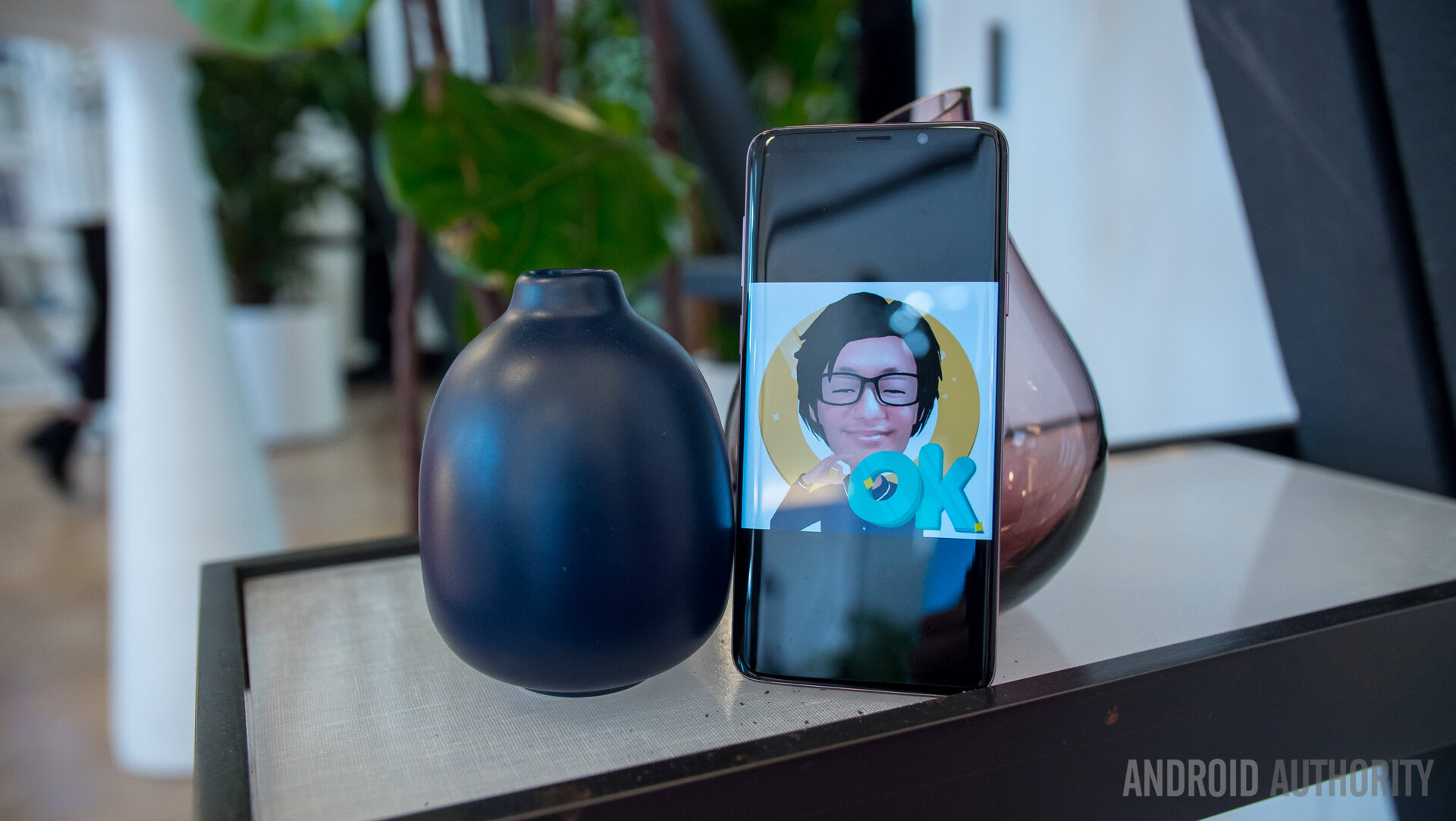Affiliate links on Android Authority may earn us a commission. Learn more.
AR Emoji vs Animoji: The differences explained

The Galaxy S9 is here and like the rumors suggested, Samsung has taken a leaf out of Apple’s book with its new AR Emoji feature. The iPhone X bought Animoji last year and Samsung’s comparative attempt brings a similar overall experience, but what are the key differences?
Read Next: Android emoji – everything you need to know
Animated… emoji?
At root, both features have the same premise. They essentially offer users the ability to turn themselves into animated emoji which can then be shared with friends and family via messaging or social media.
Why might you want to do so? Whether it’s bringing joy to friends on a special day, sending a cute message to a special someone, or just spreading a little more joy in the world, these cute animated emoji add a little spice to your daily communication.
What are the differences?

While the core premise of the two features is the same and it is similarly implemented, there are some fundamental differences.
On the iPhone X, Animoji use the multi-camera array — also used for Face ID security — to track every facial movement so it can be mapped onto one of the existing emoji. The result is that you can finally be the talking chicken, cute bunny, or pile of smelly poo you’ve always wanted to be.
To use Animoji you have to be in the messages app and it will only work if you record a short 10-second video, which can be shared natively in iMessage or as a gif on other social networks.
On the Galaxy S9 however, there isn’t a multi camera array for the AR Emoji to take advantage of. Instead, it uses the single front-facing camera and some clever software tricks to map your face onto emoji, which you can then take video with.
Also read: Samsung Galaxy S9 and S9 Plus hands-on | Samsung Galaxy S9 specs
The biggest difference between the two features is that on the Galaxy S9 you can create your own emoji. No, we’re not talking about the ability to map your face onto an existing preset, but rather that you can create an emoji that’s personal to you. From customizing the skin tone and whether it should be life-like or more cartoony, to picking the outfit, hairstyle, hair color and more, you can make an emoji that’s truly personal to you.
Once you do this, it’s saved as a preset, so you can access it easily from the camera. It’s also saved as 18 GIFs to easily share in whatever app you like. Although not new to the Galaxy S9, there’s also the entire AR sticker collection for those times where you’d rather use one of the many preset options rather than your own emoji.
Which is the better emoji?

We only had a brief time to play with the Galaxy S9 and its new AR Emoji feature so it’s too early to call this for sure but from our first reaction, we have to give Samsung credit for the customization options of AR Emoji.
That said, when using the two features, it’s clear that the customized camera array on the iPhone X helps to make Animoji resemble your facial movements more closely. Neither feature tracks the movement of your other body parts but Animoji seems to display your facial ticks more accurately.
Of course, we’ll have to wait for the full Galaxy S9 review to see just how good AR Emoji actually is. In the meantime, what do you think of Samsung’s new AR Emoji on the Galaxy S9? Which feature do you think is better?
Check out more Galaxy S9 coverage: